Rising Health Consciousness
The Flavor Modulator Market is experiencing a notable shift as consumers increasingly prioritize health and wellness. This trend is reflected in the growing demand for products that offer reduced sugar and sodium content without compromising taste. According to recent data, the market for low-calorie and sugar-free products is projected to expand significantly, with flavor modulators playing a crucial role in enhancing taste profiles. As consumers become more discerning about their dietary choices, manufacturers are compelled to innovate, leading to a surge in the development of flavor modulators that cater to health-conscious consumers. This driver not only influences product formulation but also shapes marketing strategies, as brands seek to align with the values of their target audience.
Innovations in Flavor Technology
The Flavor Modulator Market is significantly influenced by ongoing innovations in flavor technology. Advances in extraction and formulation techniques have led to the development of novel flavor modulators that can mimic and enhance natural flavors. This technological evolution not only improves the sensory experience of food products but also allows for the creation of unique flavor profiles that cater to diverse consumer preferences. As companies invest in research and development, the introduction of cutting-edge flavor modulators is likely to reshape product offerings across various segments. The market is witnessing a surge in demand for these innovative solutions, as they provide manufacturers with the tools necessary to differentiate their products in a competitive landscape.
Consumer Demand for Customization
The Flavor Modulator Market is increasingly shaped by consumer demand for customization and personalization in food products. As consumers seek unique and tailored experiences, manufacturers are responding by offering customizable flavor options that cater to individual preferences. This trend is particularly pronounced in the beverage sector, where consumers are looking for personalized flavor profiles that align with their tastes. Flavor modulators play a pivotal role in this customization process, enabling brands to create versatile products that can be easily adapted to meet specific consumer demands. Market Research Future suggest that the ability to offer personalized flavor experiences is becoming a key differentiator for brands, driving innovation and growth within the flavor modulator market.
Expansion of Food and Beverage Sector
The Flavor Modulator Market is poised for growth, driven by the expansion of the food and beverage sector. As the global population continues to rise, the demand for diverse and flavorful food options increases correspondingly. This trend is particularly evident in emerging markets, where urbanization and changing lifestyles contribute to a burgeoning appetite for processed and convenience foods. Flavor modulators are essential in this context, as they enable manufacturers to create appealing flavors that meet consumer preferences while adhering to regulatory standards. Market data indicates that the food and beverage industry is expected to witness substantial growth, further propelling the demand for flavor modulators that enhance taste without compromising quality.
Regulatory Compliance and Clean Label Trends
The Flavor Modulator Market is significantly impacted by regulatory compliance and the clean label movement. As consumers become more aware of ingredient transparency, there is a growing demand for products that feature clean labels, free from artificial additives and preservatives. This trend is prompting manufacturers to seek flavor modulators that not only enhance taste but also align with clean label standards. Regulatory bodies are increasingly scrutinizing food ingredients, leading to a shift towards natural and recognizable components in flavor modulation. Market data indicates that products with clean labels are gaining traction, as consumers prioritize health and safety in their food choices. This driver is likely to influence product development strategies, as companies strive to meet evolving consumer expectations.


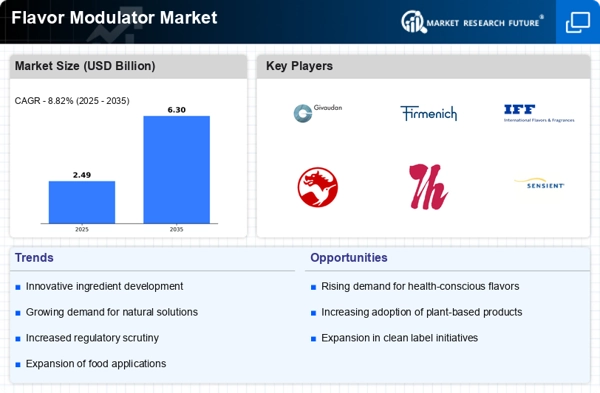
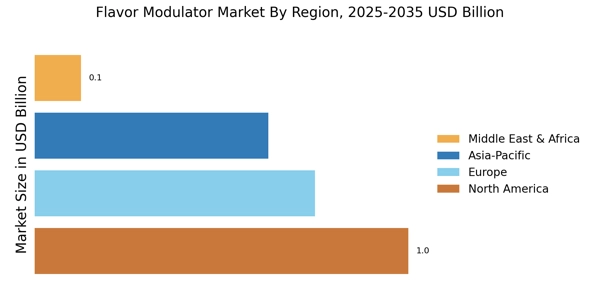
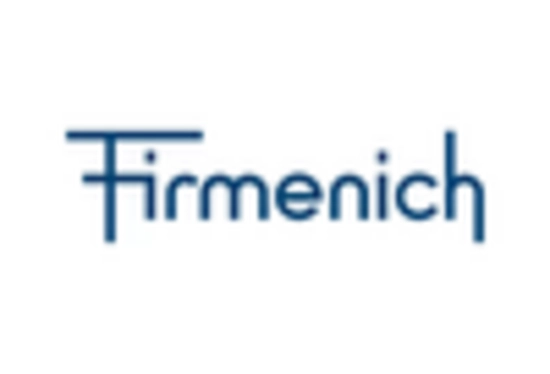
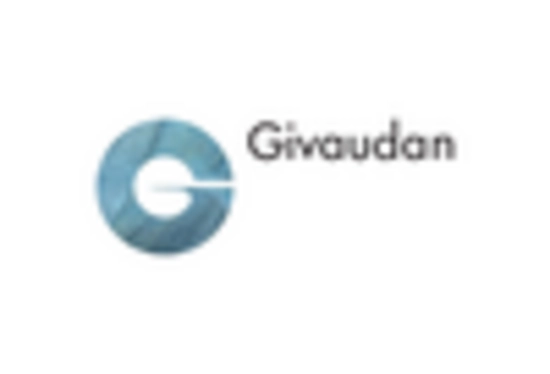
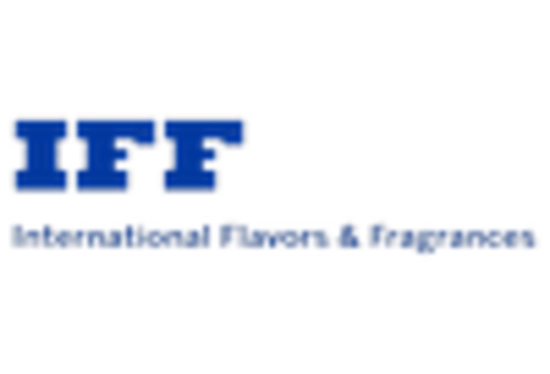
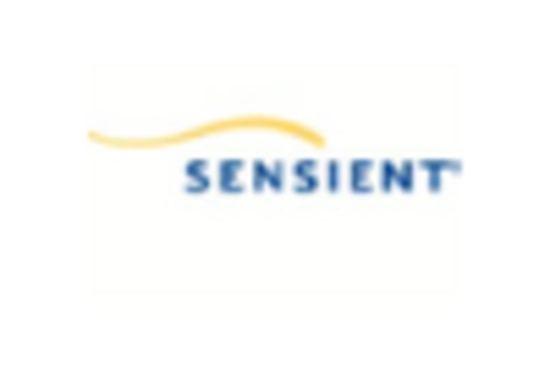
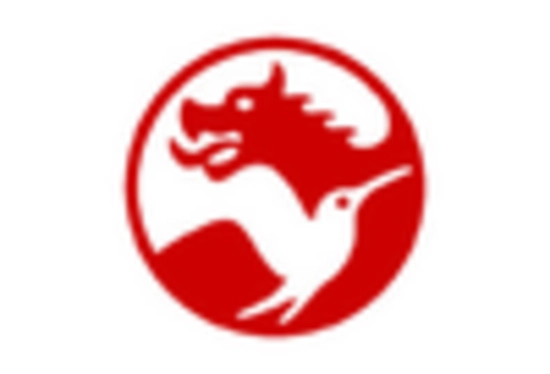
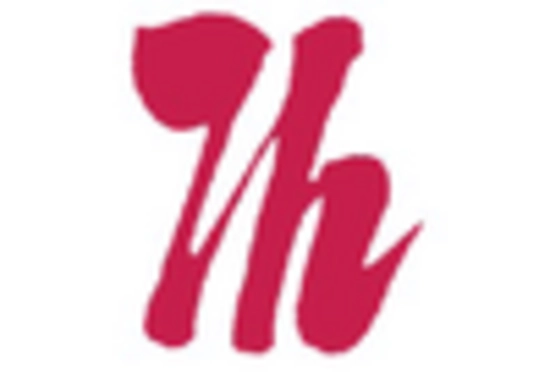








Leave a Comment